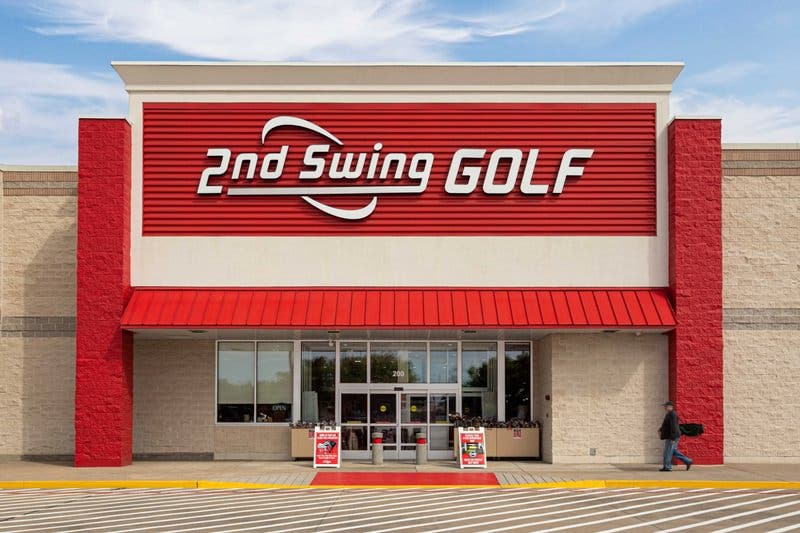
Is A High-Lofted Fairway Wood Right For Your Game?
August 08, 2021
When Max Homa won dramatically at Riviera Country Club in February, many fans were unsurprised to learn that the budding PGA Tour star games the sleek, unforgiving Titleist 620MB Irons. But despite his ball-striking prowess, Homa’s 3-iron was nowhere to be found. In its place sat a 21-degree Titleist TSi2 7-wood.
While typically viewed as a piece of equipment reserved for golfers with more moderate swing speeds, many professionals have put higher-lofted fairway woods in their bags in recent years. This list of top-ranked professionals includes Dustin Johnson, Tyrrell Hatton, Louis Oosthuizen, Tommy Fleetwood, and Matthew Fitzpatrick, among others.
Higher-lofted fairways woods boast several advantages over alternative options like long irons and utility clubs. First, the high MOI-nature of a fairway wood makes it highly forgiving, meaning golfers don’t have to produce consistently great strikes to perform well with it. Fairway woods also sport deep faces with low centers of gravity, making it easy to launch the golf ball up in the air and get it to land softly on greens.
A majority of golfers that come in for fittings at 2nd Swing do not hit a utility iron, traditional long iron, or even a hybrid high enough to generate the stopping power necessary to hold the green on long approach shots. A 7-wood or 9-wood creates the easy launch and height needed for those players.
Additionally, as higher-lofted fairway woods feature longer shafts compared to those found in long irons, golfers will find it comparatively easier to generate speed with a 7-wood or 9-wood. While speed is generally interpreted as simply more distance, it also will lead to enhanced performance out of the rough.
Generally speaking, higher-handicap golfers tend to strike the ball with a sweeping motion, as opposed to a descending motion. Due to their large soles and deep faces, few fairway wood shots are struck with descending blows. As such, golfers who identify themselves as “sweepers” may find fairway woods to be the ideal replacement for 3-irons and 4-irons.
While they have typically been viewed as niche clubs for players with moderate swing speeds, higher-lofted fairway woods have found a resurgence in use among the best in the world recently. The club that is right for 35-handicapper and Dustin Johnson is likely a club that is right for your game.
All golfers, no matter their skill level, will find a fairway wood easier to launch the ball high and far out of more lies than a long iron or utility club. 2nd Swing master fitters are fitting more and more players into high-lofted fairway woods because they are simply producing better results.
To find the perfect fairway wood for your game, search 2nd Swing’s expansive selection online at 2ndswing.com, or call us at 612-216-4152 to speak to a master fitter over the phone.
